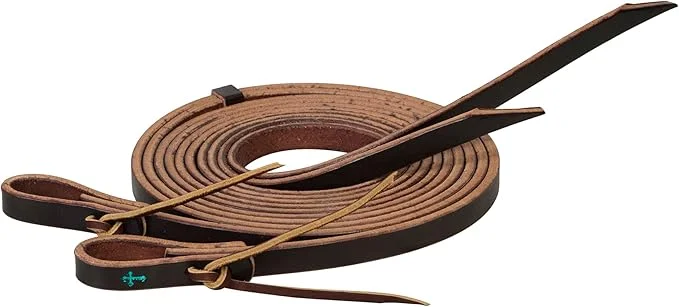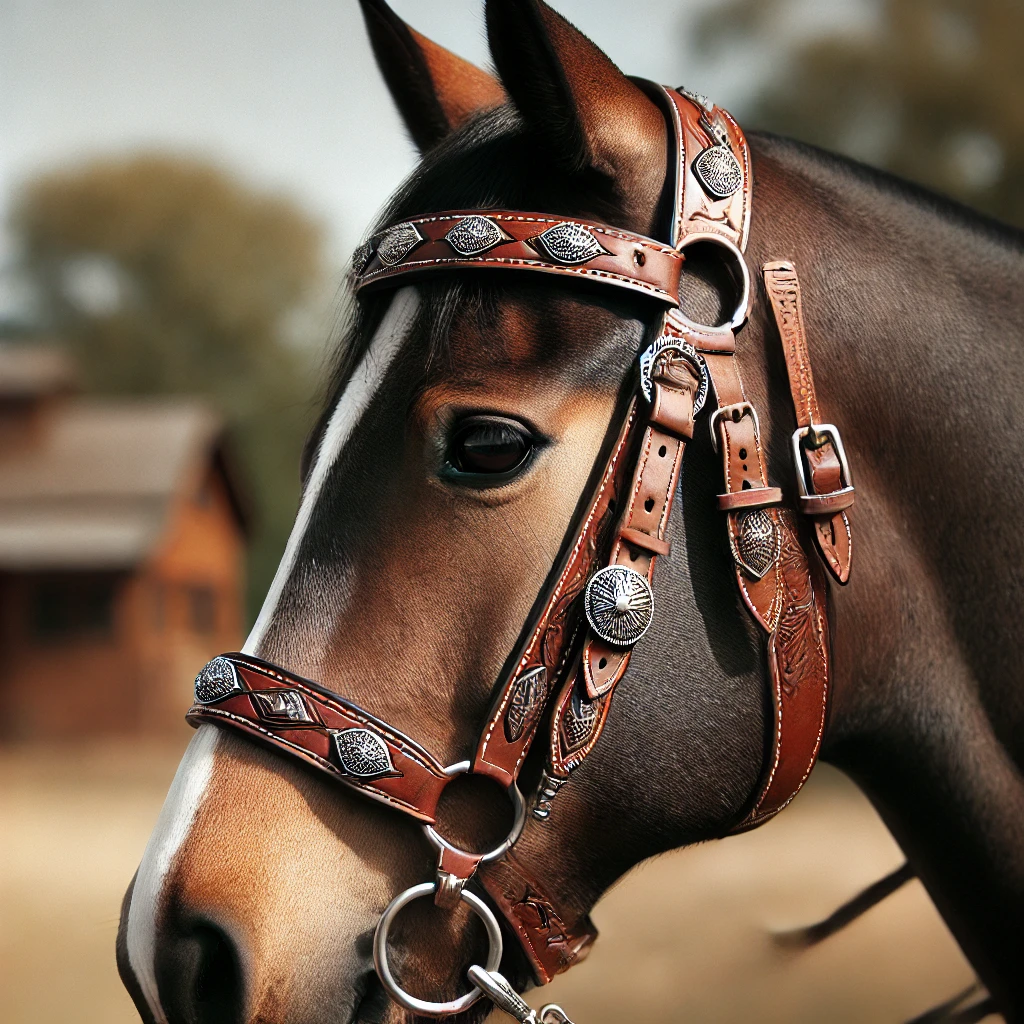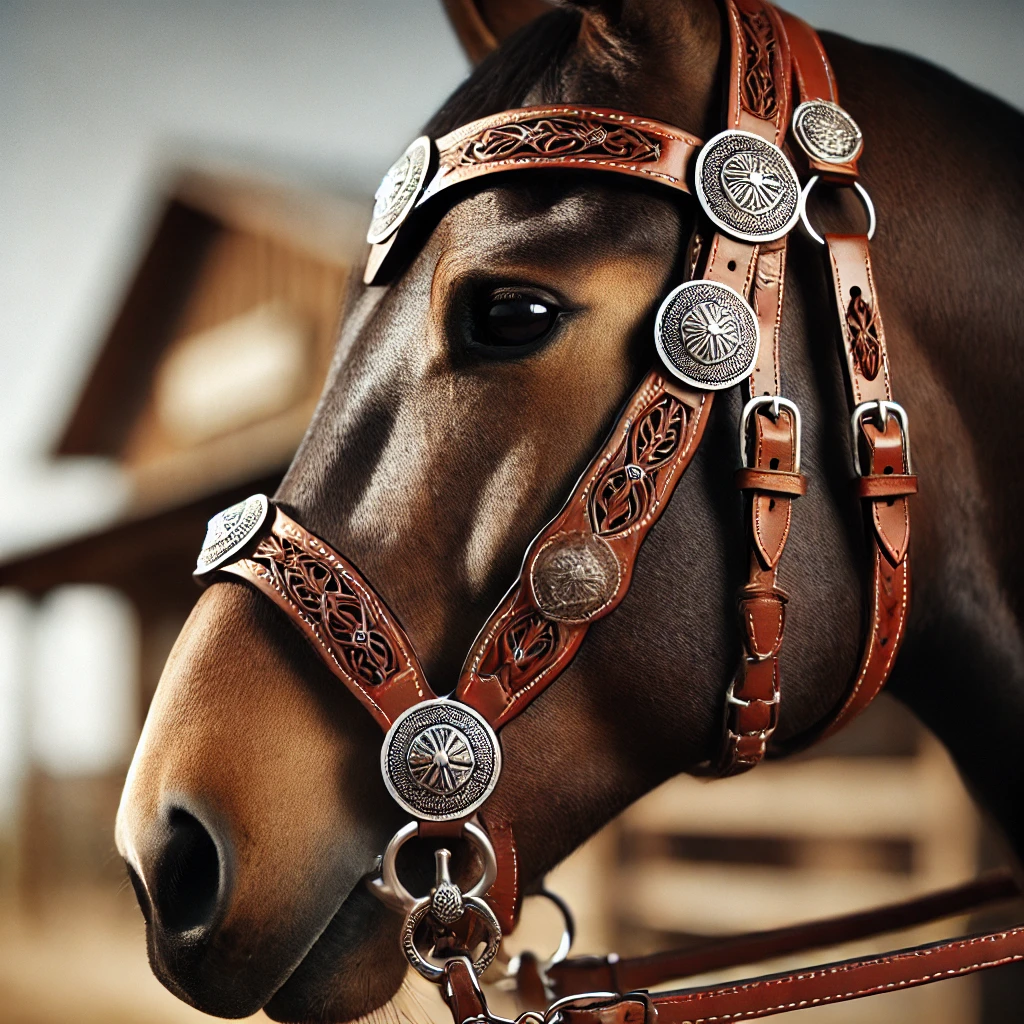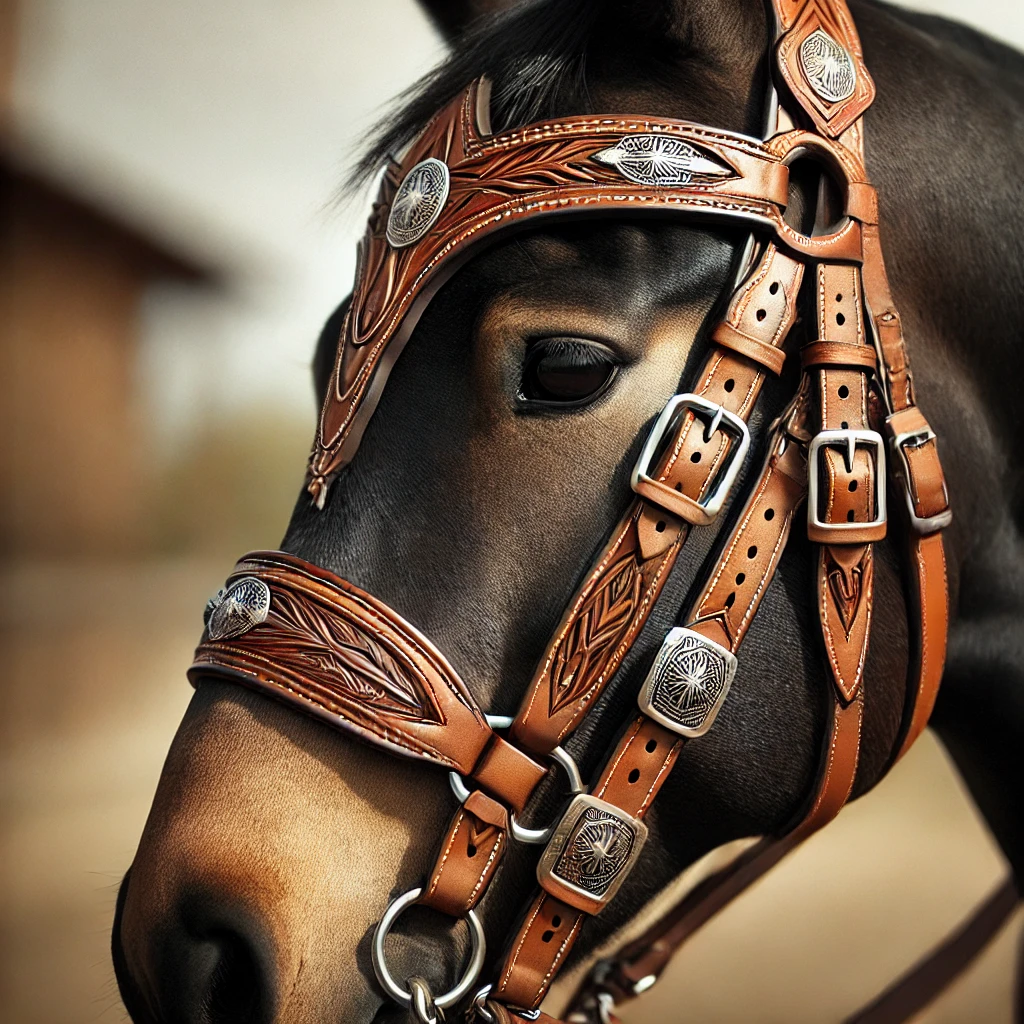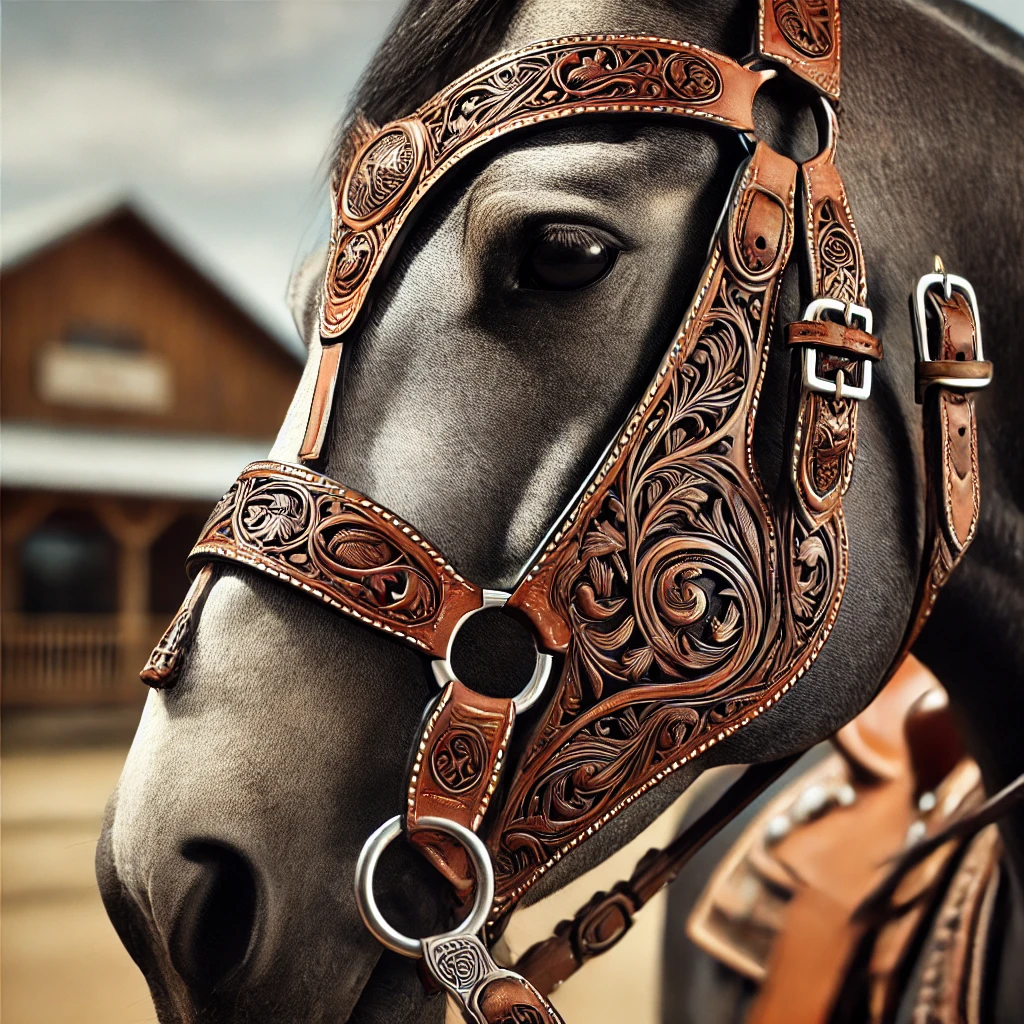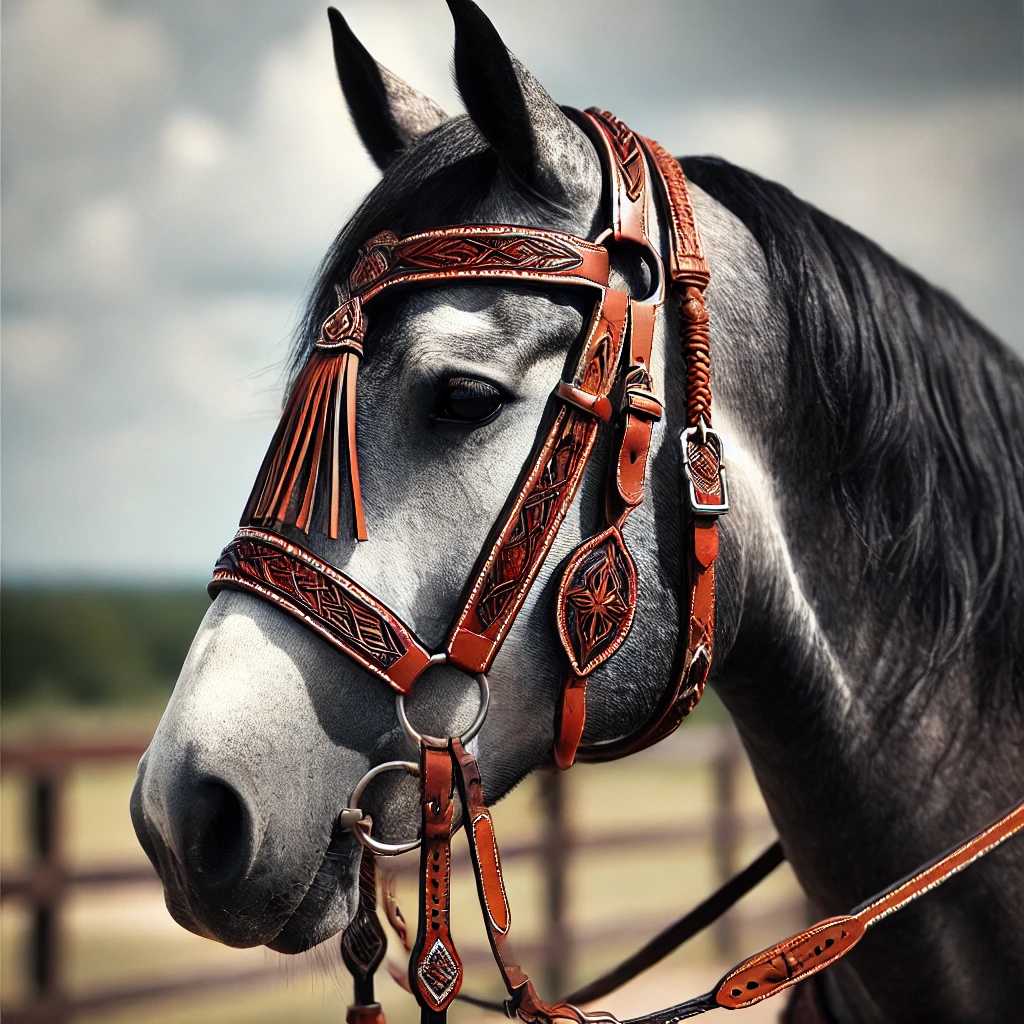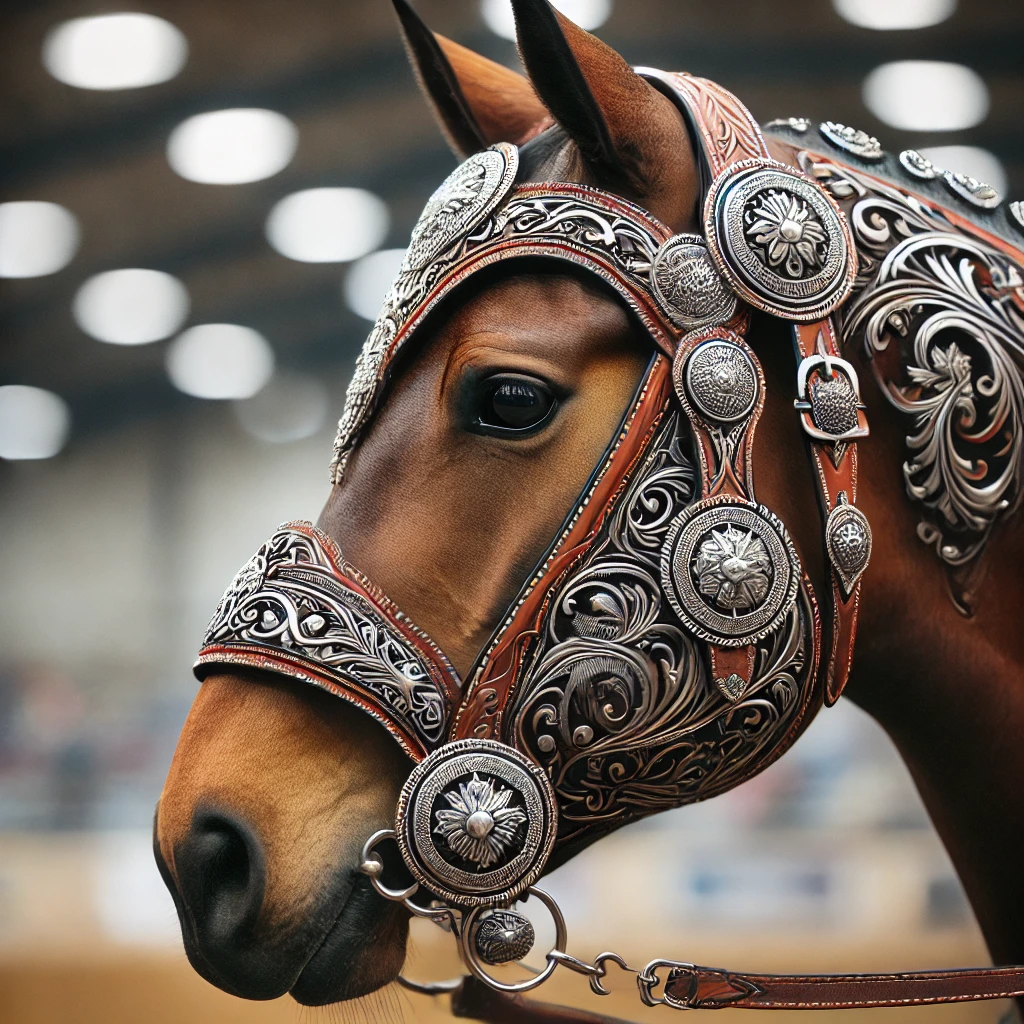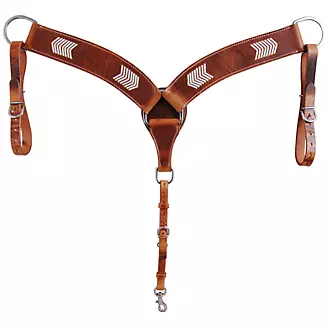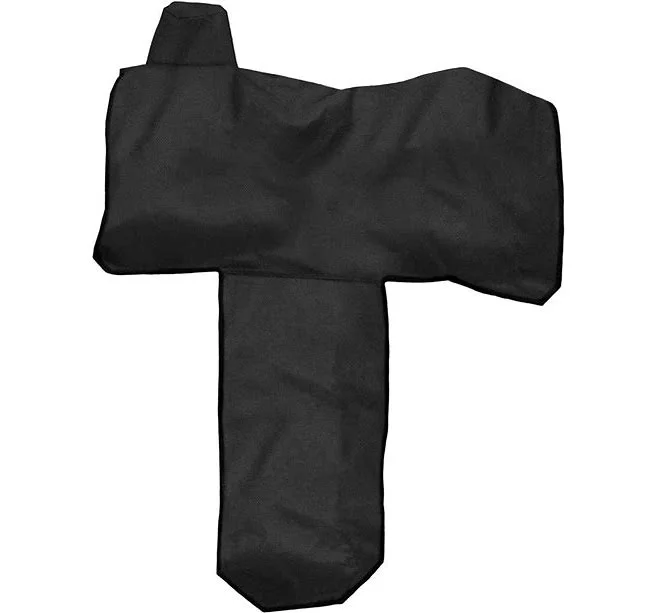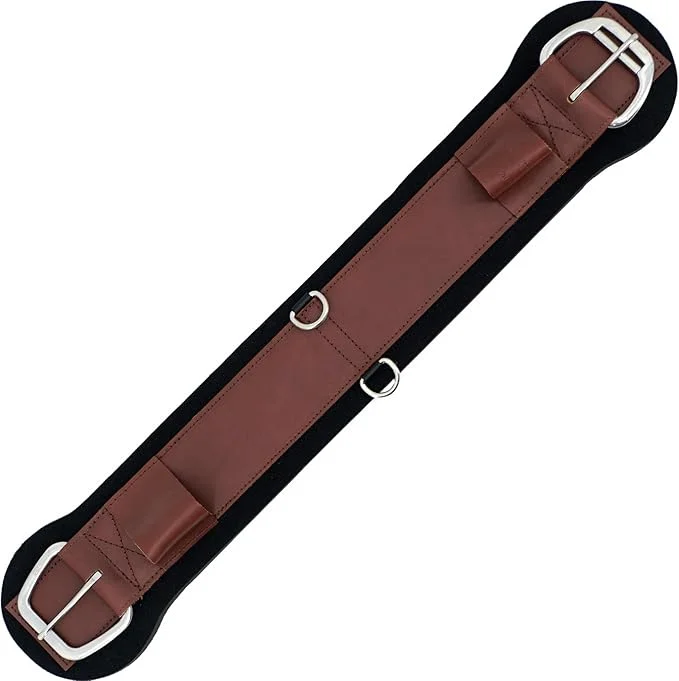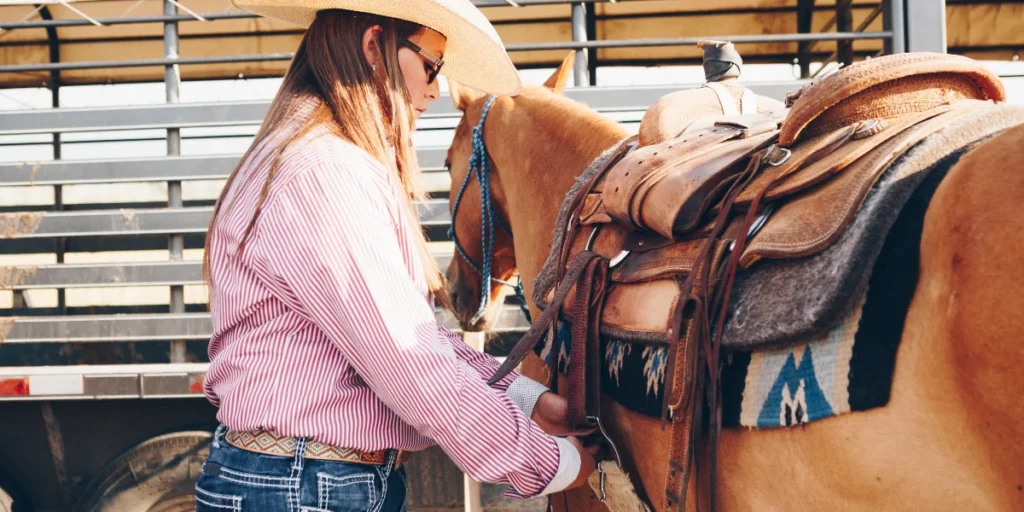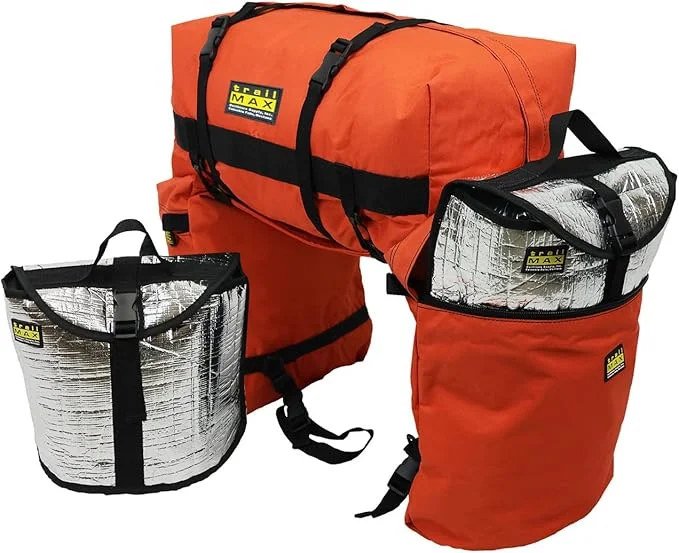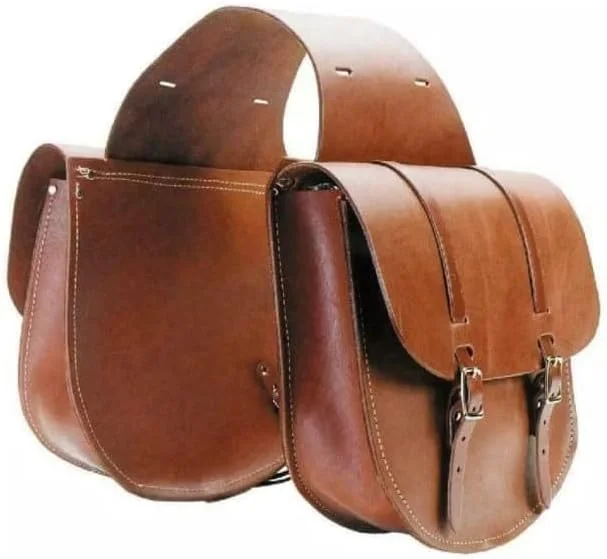Want to Improve your Roping Skills?
Discover key roping tips to enhance your skills and gear for rodeos, ranch work, or recreational fun. Boost your performance today!
If you’re into roping—whether it’s for rodeos, ranch work, or just having fun—then you know how important it is to have the right gear. The right equipment can make all the difference in how smooth your throw is, how well you catch, and even how long your gear lasts.
In this guide, I’ll break down everything you need to know about choosing the best ropes, keeping them in top shape, and picking the right accessories. Whether you’re a total beginner or you’ve been practicing for years, there’s always something new to learn.
Let’s dive in!
What is Roping?
Roping is a traditional Western riding skill used in ranch work and rodeo competitions like calf events, team competitions, and breakaway styles. Riders use a lasso rope to catch cattle or perform in timed events that test precision and speed.
If you’re new to it, the right rope and gear will make all the difference in how well you perform.
1. Best Roping Ropes & Their Uses
Lariat Rope (Lasso Rope)
- The most commonly used rope in ranch work and rodeo events.
- Available in nylon, poly, or rawhide materials.
- Used for calf roping, team roping, and ranch roping.
Breakaway Ropes (For Safer Practice)
- Designed for breakaway roping, where the rope releases when it catches.
- Great for youth riders and beginner ropers learning the basics.
Ranch Ropes (For Everyday Use)
When choosing your ropes, make sure you consider the type of activity you’ll be performing as different ropes are designed for different purposes.
- Heavier and longer than standard lariats.
- Made for working cattle on a ranch rather than fast rodeo runs.
Kid’s Practice Ropes
- Lighter and shorter than competition ropes.
- Perfect for young riders or beginners who want to practice their throw.
2. How to Choose the Right Roping Rope
Best Rope Material: Nylon vs. Poly vs. Rawhide
- Nylon – Stretchy and durable; great for beginners.
- Poly (Polyester Blend) – Less stretch, offering better control.
- Rawhide Hondas – Traditional but less common today.
Understanding Rope Stiffness (Lay Options)
- Soft Lay (S, XS) – More flexible; ideal for beginners.
- Medium Lay (MS, MH) – Offers balance between flexibility and stiffness.
- Hard Lay (H, XH) – Stiff for professionals needing fast, precise loops.
Choosing the Right Length & Diameter
- 30-35 feet for calf roping.
- 35-45 feet for team roping (heelers need longer ropes).
- 3/8″ to 7/16″ thickness for a good grip and durability.
3. Must-Have Roping Accessories
Along with a great rope, the accessories listed below will also enhance you’re performance and not forgetting you’re safety:
✅ Roping Gloves – Prevents rope burns and improves grip.
✅ Honda Knots & Horn Knots – Helps shape and secure the loop.
✅ Breakaway Hondas – Releases the rope for safer roping practice.
✅ Roping Reins – Short, one-piece reins for fast handling.
4. Roping Events & The Right Gear for Each
Calf Roping (Tie-Down Roping)
🏇 A cowboy ropes a calf, dismounts, and ties three legs together.
✔ Needs a fast, responsive horse trained for quick stops.
✔ Requires a 30-35 ft. soft or medium lay rope.
Team Roping (Headers & Heelers)
🏇 Two riders work together—one ropes the steer’s head, the other ropes the hind legs.
✔ Headers use a softer, shorter rope.
✔ Heelers need a stiffer, longer rope for leg catches.
Breakaway Roping (Fast-Paced, Safer)
🏇 The rope releases when the calf is caught—no need to dismount.
✔ Uses a lightweight breakaway rope.
✔ Perfect for beginners or youth riders.
Ranch Roping (Slower, More Precise)
🏇 Unlike rodeo roping, this style is controlled and deliberate.
✔ Requires a softer, more flexible rope.
✔ Often done with longer ranch ropes.
5. How to Maintain & Store Your Ropes
Proper care extends rope life and ensures smooth handling.
Cleaning
🧼 Soak in warm water & mild soap to remove dirt.
🖐 Scrub with a soft brush (no harsh chemicals).
💨 Air dry completely before storing.
Storing
✔ Coil it loosely to prevent kinks.
✔ Keep it in a cool, dry place.
✔ Use a rope bag for protection.
Breaking in
💡 Stretch it out overnight by tying it between two posts.
💡 Use saddle soap to soften stiff ropes.
💡 Practice roping a dummy to loosen fibers naturally.
6. Beginner Roping Techniques
How to Hold a Lasso Properly
✔ Grip firmly but with flexibility.
✔ Keep the loop wide for easier catches.
✔ Keep your wrist relaxed while swinging.
Swinging & Throwing a Lasso
✔ Start with small, controlled swings.
✔ Follow through with a smooth motion when throwing.
✔ Aim to land the loop cleanly around the target’s neck or legs.
Practicing on a Roping Dummy
✔ Begin with a stationary dummy to improve accuracy.
✔ Move to a mechanical dummy for real-life practice.
✔ Introduce your horse gradually to roping sessions.
7. Roping Safety Tips
Investing in good quality roping ropes will significantly enhance your roping experience, making practice more effective and enjoyable.
⚠ Always wear gloves to prevent burns.
⚠ Never wrap the rope around your hand or body.
⚠ Train your horse properly to respond to roping commands.
8. Famous Ropers
🏆 Trevor Brazile – 26-time PRCA World Champion.
🏆 Tuf Cooper – A legend in tie-down roping.
🏆 Clay O’Brien Cooper – Hall of Fame team roper.
Final Thoughts
Roping is an exciting skill that blends speed, precision, and horsemanship. Whether you’re competing in rodeo events, working cattle on a ranch, or learning as a beginner, choosing the right ropes and gear will improve your performance.
- Invest in quality ropes.
- Maintain and store your gear properly.
- Practice consistently to improve your technique.
Remember, having the right equipment will not only improve your skills but also boost your confidence, whether you’re in practice or on the rodeo field.


